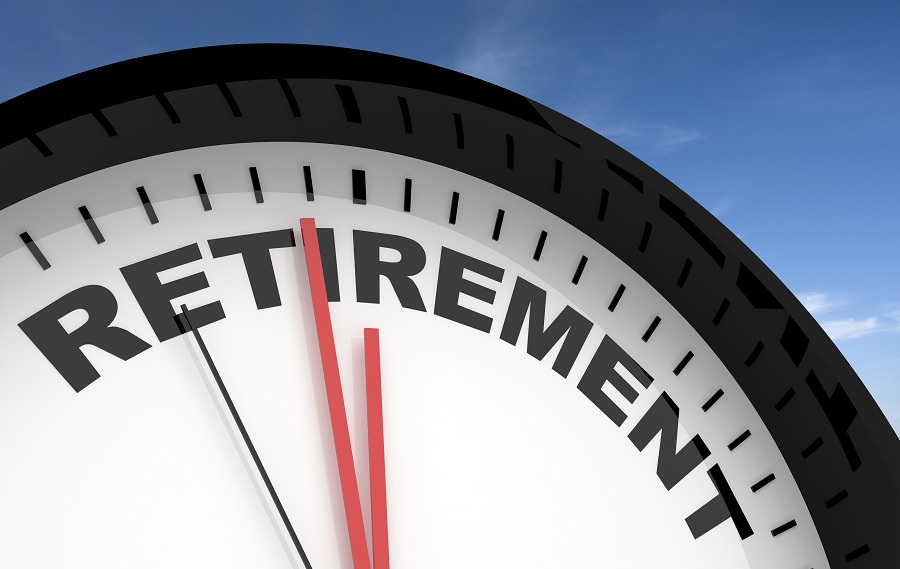What is Retirement and its basics

Quick knowledge about retirement
Retirement refers to one permanently leave working life in accordance with the relevant provisions of a country.
A survey conducted by the U.S. Census Bureau revealed facts below:
Average retirement age is 62 in the US.
by 2050, about 21% of the population retirement age will be 65 or older
The average length of retirement is 18 years
Nearly half of retirees leave the labor market earlier than expected, often unintentionally
41% of retirees leave the labor market due to health problems or disabilities
14% of retirees leave the labor market to care for spouses or other family members. Take United States for example, the Social Security Administration (HSA) has been providing retirees with monthly social security income benefits since 1935.
Retirement Age
The retirement age is the age at which a person is expected or must stop working and is generally the age at which he or she may be entitled to a pension or other government benefits, such as a state pension. The legal retirement age varies in different countries.
The legal retirement age in most developed countries is 65, and the special tax paid by taxpayers is the main source of funding for the basic pension protection system in some European and US countries.
In Europe and the United States, more than 90% of retirees do not rely solely on the basic government pension in old age. These countries also have a very developed support network for the elderly. For example, the United States has indirect tax changes in tax policy to support the pension system, while Germany spends tens of billions of euros a year to support its vast pension system. There are many differences between countries in terms of the source of pensions. In the United States, employers and employees each pay 6.2% of their payroll tax, creating a dedicated "social security fund." Of these, 85% are spent on pensions and 15% on disability benefits, survivor pensions and other social security funds. In France, the basic pension is paid at 8.2 per cent by the employer and 6.55 per cent by the employee, and the French pensioner for survivors is financed by the employer at 5.4 per cent of the employee's income as a difficult family benefit.
Pension Plan
For this amount, the employee can choose to receive the full amount (one-time pension) at one time or in instalments as an annuity (lifetime). A pension plan requires an employer to contribute to a pool of funds under his/her name, and by this way it generates income for the retired worker. set aside for a worker's future benefit.
In addition to the contributions required by the employer, some pension plans have a voluntary investment component. A pension plan can allow an employee to contribute part of his current income from wages to an investment plan to fund retirement provision. The employer may also pay part of the employee's annual contributions up to a percentage or amount in dollars
Retired workers in many countries do not receive a fixed pension, depending on retirement age, annual salary and years of work, number of jobs, etc. Young people, less than 50% of the initial salary;
Sweden's pension is divided into two parts, part of it is the basic pension income, the other part is the " premium retirement " which is unique in Sweden. Depending on pre-retirement income status and tax status, the longer the length of service, the higher the salary, the higher the "retirement premium" accrued, the more pension will be able to receive after retired.



